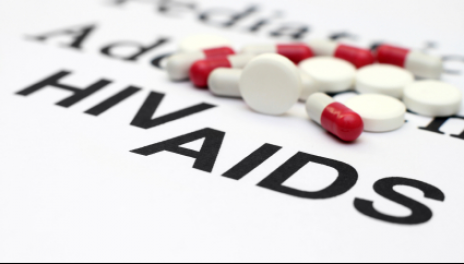
By Donald G. McNeil Jr. for NYT.
People infected with H.I.V. should be put on antiretroviral therapy even sooner than they are now, the World Health Organization said Sunday as it released new treatment guidelines.
While the new guidelines, issued at an international AIDS conference in Malaysia, were an aggressive step forward, they also represent a compromise between how much the world could do to suppress the epidemic if money were no object and how much donor countries are willing to pay for.
Dr. Margaret Chan, the W.H.O.’s director general, called the guidelines “a leap ahead in a trend of ever-higher goals and ever-greater achievements,” while Michel Sidibé, the executive director of the United Nations AIDS agency, who several years ago called for universal treatment, said the step-by-step rise of the guidelines “gets most of the people we want on treatment, but not all — so it shows that you have limits to the system.”
The new guidelines recommend that drugs be initiated as soon as a patient’s CD4 count falls below 500 cells per cubic millimeter of blood. CD4s are the white blood cells that the virus first attacks. The count is an index for how much of the immune system has been destroyed; 500 is the bottom of the normal range while a patient below 200 is at high risk of fatal infections. The previous cutoff point, recommended in 2010, was a count of 350; a decade ago, when donors first began buying drugs, it was 200.
For some subgroups, the new guidelines recommend starting treatment immediately upon a positive H.I.V. test, regardless of CD4 count. Those include people with active tuberculosis or hepatitis B liver disease, those whose regular sex partners are not infected, women who are pregnant or breast-feeding, and children under age 5.
Many scientists now recommend that all patients start treatment immediately regardless of CD4 levels. The evidence is overwhelming that they are far less likely to infect anyone else if they do so. They also may live longer, healthier lives because their immune systems are not allowed to sink before being revived. In rare cases when the infection is caught very early, some may even be able to safely stop treatment after a year or two.
W.H.O. guidelines, however, are used mostly by the health ministries of poor countries that depend on donors. Not nearly enough money is contributed each year to treat everyone infected, so poor countries perform triage, telling about half of their infected citizens to wait until they get sicker.
The new guidelines mean that about 26 million people in poor and middle-income countries will be eligible for the drugs, up from 17 million under the previous guidelines. Almost 10 million people are on the drugs now. Globally, more than 34 million people are infected.
Two trends are helping increase the number of people getting treatment. The prices of drugs and diagnostic tests keep dropping, and middle-income countries are relying less on donors. South Africa, for example, has increased its AIDS budget by 500 percent in recent years.
The new guidelines also call for universal use of the simplest, most effective treatment with the least side effects: a once-daily pill containing three drugs — tenofovir, efavirenz and either lamivudine or emtricitabine.
For diagnosis, the guidelines suggest that, in addition to CD4 counts, countries do more expensive viral load tests. Tracking viral loads is the best way to tell when a patient needs a new drug regimen, said Dr. Gilles van Cutsem, medical coordinator in South Africa for Doctors Without Borders, the medical charity. And, he said, there is “no greater motivating factor for people to stick to their treatment than knowing the virus is ‘undetectable’ in their blood.”
The guidelines do not call for giving healthy people who are at high risk — drug addicts, prostitutes, gay men, male prisoners and people whose sex partners are infected — a daily tenofovir pill to keep them uninfected.
Mr. Sidibé called that “a missed opportunity” and said that it was still being discussed.
The new guidelines drew mixed reactions from advocates.
Doctors Without Borders, which treats 285,000 H.I.V. patients in 21 countries, applauded the guidelines.
But Asia Russell, an activist with Health GAP, which lobbies for more generosity from donors and drug makers, called them “the absolute bare minimum steps that needed to be taken — because stingy donors and U.N. technocrats and national governments in the global south tend to seek incrementalism.”
Behind the scenes, the proposed guidelines engendered a long debate. One fear is that countries already struggling to reach rural citizens who are close to death will run out of drugs if they start treating people who live near government clinics and have CD4 counts just below normal.
In coming years, Mr. Sidibé said, he expects the guidelines to keep shifting toward treatment upon testing, especially as recognition spreads that reducing the viral load early, when people are teeming with the virus, is the best way to stop them from spreading the disease.
“What is holding us back is that we lack a vision for ending the epidemic,” he said. “If we think we’ll just manage it like a chronic disease for the next 50 years, we’ll never get to the end.”












